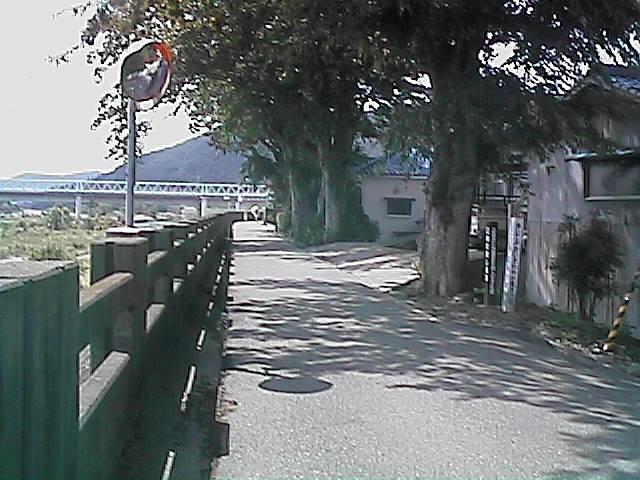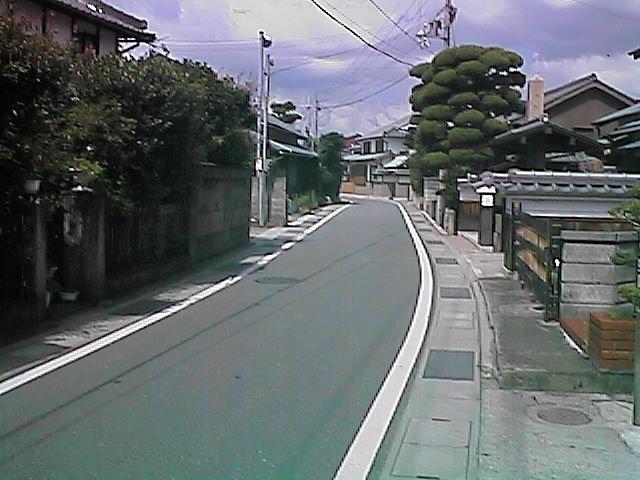Inns were located in three areas, Hara, Shojo and Umaba. They remain their old figure, but nobody continues the business any more. The record of Iguchi Inn at Shojo shows that the guests were not common people and merchants. They were the feudal lords of western regions of Japan such as Satsuma, Tosa-Kochi, Aki-Hiroshima, and Buzen-Ohtsu. |
 |
|
(Syojyo,Ibogawa-cyo) |
Under the Sankin-Kotai duty, on the way to Edo (Tokyo),
the feudal lords of the western Japan came to Ibogawa by foot. |
 |
 |
|
|
(around 1935) |
 |
 |
|
|
|
 |
 |
|
(70 years ago) |
|
 |
 |
|
(100 years ago) |
|